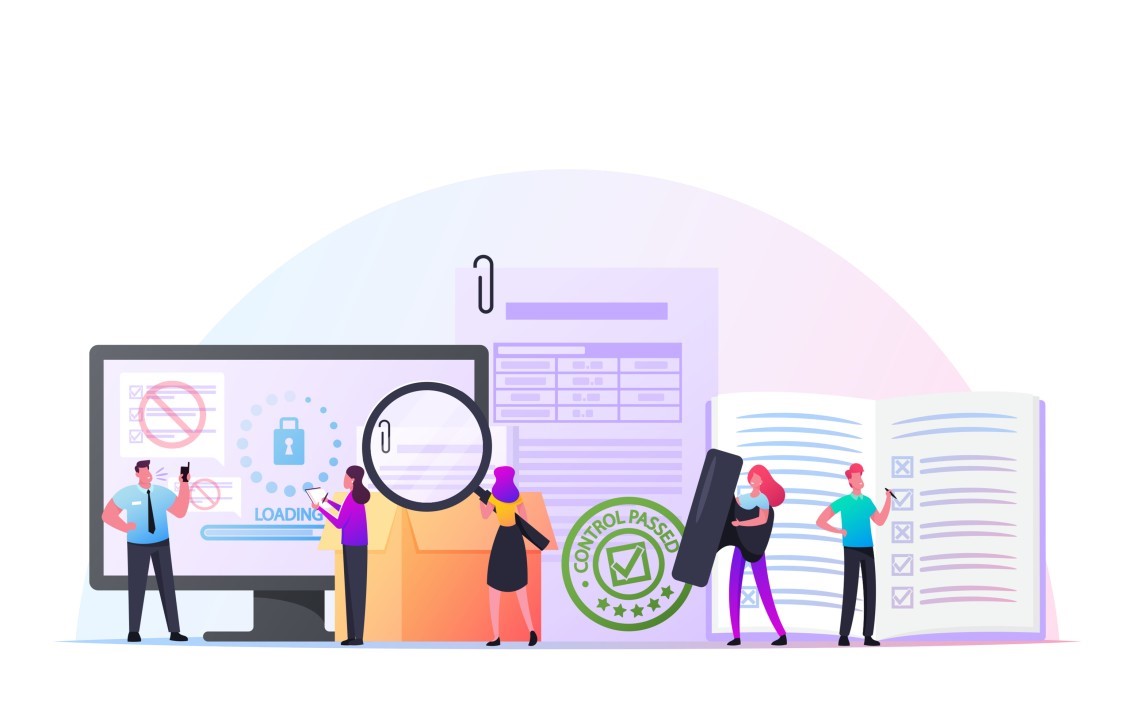We all went to conferences where we saw the famous “culture eats strategy for breakfast” phrase. When it comes to data strategy, I would concur, if the strategists would not have thought about how to foster a data culture before launching all kinds of shiny new initiatives. Given our previous posts, with the first even going as far as asking the blunt question “why even bother,” I believe we have made a sufficiently strong case to argue that data – when used effectively – matters. When it comes to the word “effectively,” fostering a data culture will be key. In fact, not getting this parameter right is almost a guarantee for failure. In that sense, it is quite unnerving that studies such as the one launched by New Vantage Partners, found a large majority of decision makers saying a data-driven culture has not yet taken hold in their organizations. Some even go as far as speaking of “digital regression” (Forbes, 2019) in the face of declining confidence rates.
Personally, I think “regression” is a bit misplaced. What we are seeing is that top decision makers are becoming more aware that data is going to play a huge part and that they are grappling to catch the train before it leaves the station. Data is being amassed at incredible speeds and the existing c-suite is faced with the enormous task of making sure that data is used to its full potential.
“Unfortunately, a data-driven culture can’t be purchased or manufactured, it must be nurtured and developed.”
Forbes
The greatest blocker in fostering a data culture is not technology. Looking at these numbers, it is easy to see technology is often the least of an organization’s worries:
- People (62,5%)
- Process (30%)
- Technology (7,5%)
From these numbers, it is clear organizations can reap the biggest benefits if they introduce new skillsets into the workforce. Things that should be considered are “data literacy,” “data storytelling capability,” and “analyst resources.” For enterprises, it makes sense to build these capabilities in-house with an occasional reinforcement of outside experts in very specific cases. For SMBs and smaller mid-market players (say firms up to 750 employees), the investment is just too big. They might fare better to partner up with one (or a limited number of) agency (agencies) that understand(s) their needs, and can help them make use of expertise at a lower cost.
When it comes to fostering a data culture, most sources speak of getting those first successes in and making data actionable as fast as possible. Data should – by all means – be embedded in what the business needs. Some customers might also consider making widespread use of self-service BI. In our experience, tools like Power BI, Tableau or Quicksight are absolutely wonderful when there is a clear program to support business users on how to leverage them.
Secondly, the foundations must also be good before these tools bring any value (business users will likely not bother too much about dealing with the data engineering side like setting up ETL pipelines). This being said, with “democratization” should also come a more extensive and robust “data governance” approach. How this contributes to your data strategy will be tackled in a next episode of this Q1 series on data strategy.



